Filter by

Why We Sleep: The New Science of Sleep and Dreams
Sleep is one of the most important aspects of our life, health and longevity and yet it is increasingly neglected in twenty-first-century society, with devastating consequences: every major disease in the developed world - Alzheimer's, cancer, obesity, diabetes - has very strong causal links to deficient sleep. Until very recently, science had no answer to the question of why we sleep, or wh…
- Edition
- UK Edition
- ISBN/ISSN
- 9780141983769
- Collation
- viii+360p; pbk; bw; 5x7.8 inches
- Series Title
- -
- Call Number
- 612.821 WAL w

Anjing Pedia
- Edition
- -
- ISBN/ISSN
- 9786024814793
- Collation
- 287 pages.: illus.; 24 cm
- Series Title
- -
- Call Number
- 636.7 RES a
- Edition
- -
- ISBN/ISSN
- 9786024814793
- Collation
- 287 pages.: illus.; 24 cm
- Series Title
- -
- Call Number
- 636.7 RES a
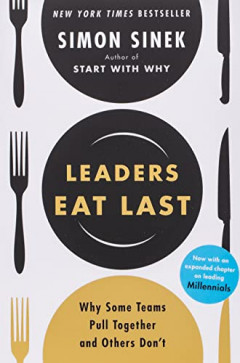
Leaders eat last : why some teams pull together and others don't
Imagine a world where almost everyone wakes up inspired to go to work, feels trusted and valued during the day, then returns home feeling fulfilled. This is not a crazy, idealized notion. Today, in many successful organizations, great leaders create environments in which people naturally work together to do remarkable things. In his work with organizations around the world, Simon Sinek notic…
- Edition
- -
- ISBN/ISSN
- 9781591848011
- Collation
- 350 pages : illus. ; 20 cm.
- Series Title
- -
- Call Number
- 658.4092 SIN l

Brain-Boosting Challenges: Practical Puzzles to Train Your Brain & Improve Yo…
Would you like to enhance your mental performance? Improve your memory? Develop your concentration? With the fun and challenging exercises in Brain-Boosting Challenges, you can control the natural cognitive power of your brain and improve your memory at any age. The exercises get progressively tougher throughout the book so you can plot your progress and see how you are improving. As well as th…
- Edition
- -
- ISBN/ISSN
- 9781474881395
- Collation
- 224 pages.: illus.; 19 cm
- Series Title
- -
- Call Number
- 612 PAR b

Keajaiban Otak - Cara Seru Belajar Tentang Tubuh - Seri Rahasia Tubuhku
- Edition
- -
- ISBN/ISSN
- 978-602-9111-28-6
- Collation
- -
- Series Title
- -
- Call Number
- 612 HEW k
- Edition
- -
- ISBN/ISSN
- 978-602-9111-28-6
- Collation
- -
- Series Title
- -
- Call Number
- 612 HEW k

Gerak Tulang
- Edition
- -
- ISBN/ISSN
- 9786029111279
- Collation
- -
- Series Title
- -
- Call Number
- 699 HEW g
- Edition
- -
- ISBN/ISSN
- 9786029111279
- Collation
- -
- Series Title
- -
- Call Number
- 699 HEW g
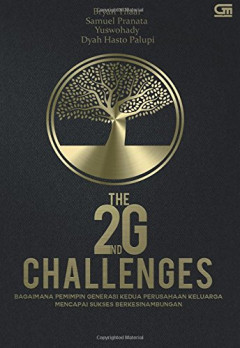
The 2nd G Challenges: Bagaimana Pemimpin Generasi Kedua Perusahaan Keluarga M…
The Great Family Business Leaders
- Edition
- 1st Edition
- ISBN/ISSN
- 9786020331096
- Collation
- 14x21 cm; pbk; bw; 252p
- Series Title
- -
- Call Number
- 658.04509598 TIL 2

Caring for Our Planet
These motivating non-fiction readers are rich in content and beautifully illustrated. Fascinating information in carefully graded language appeals to a broad range of students and supports English across the curriculum, making the series perfect for CLIL (Content and Language Integrated Learning). Stunning colour photos, maps, diagrams and charts support understanding, while activities and proj…
- Edition
- -
- ISBN/ISSN
- 9780194645591
- Collation
- -
- Series Title
- -
- Call Number
- 628 HAN c
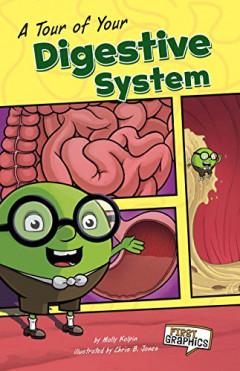
A Tour of Your Digestives System
- Edition
- -
- ISBN/ISSN
- 9781429693240
- Collation
- -
- Series Title
- -
- Call Number
- 612 KOL t
- Edition
- -
- ISBN/ISSN
- 9781429693240
- Collation
- -
- Series Title
- -
- Call Number
- 612 KOL t
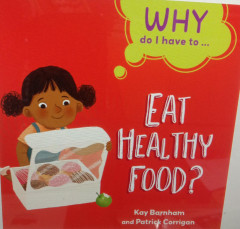
Why do I have to Eat Healthy Food?
- Edition
- -
- ISBN/ISSN
- 9781445173863
- Collation
- -
- Series Title
- -
- Call Number
- 613 BAR w
- Edition
- -
- ISBN/ISSN
- 9781445173863
- Collation
- -
- Series Title
- -
- Call Number
- 613 BAR w
 Computer Science, Information & General Works
Computer Science, Information & General Works 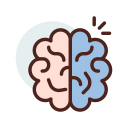 Philosophy & Psychology
Philosophy & Psychology  Religion
Religion  Social Sciences
Social Sciences  Language
Language  Pure Science
Pure Science 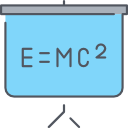 Applied Sciences
Applied Sciences  Art & Recreation
Art & Recreation  Literature
Literature 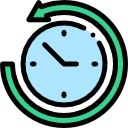 History & Geography
History & Geography